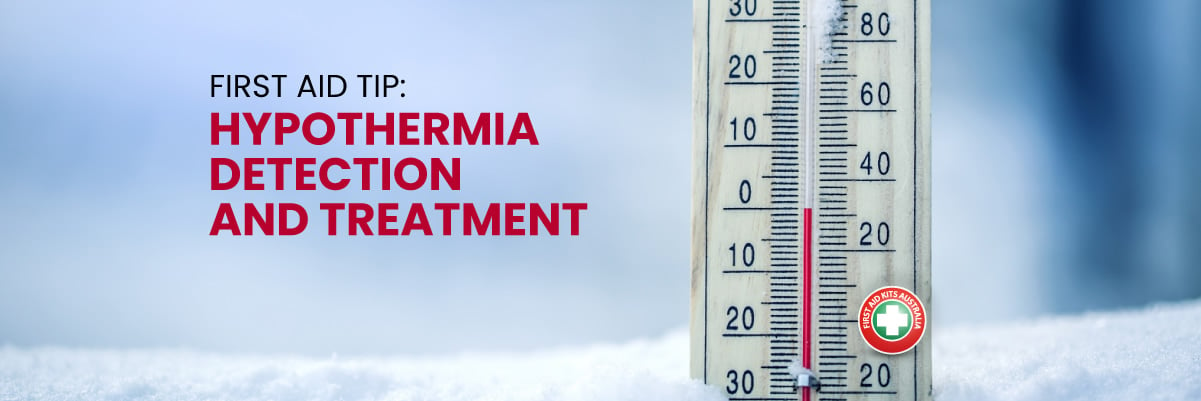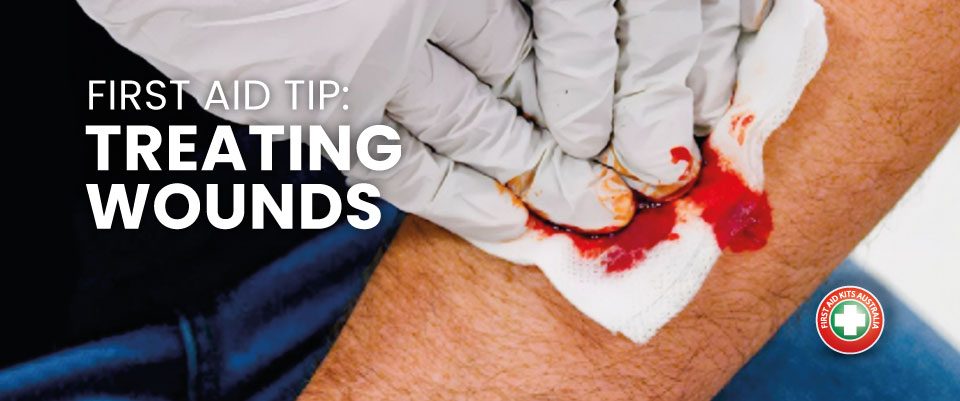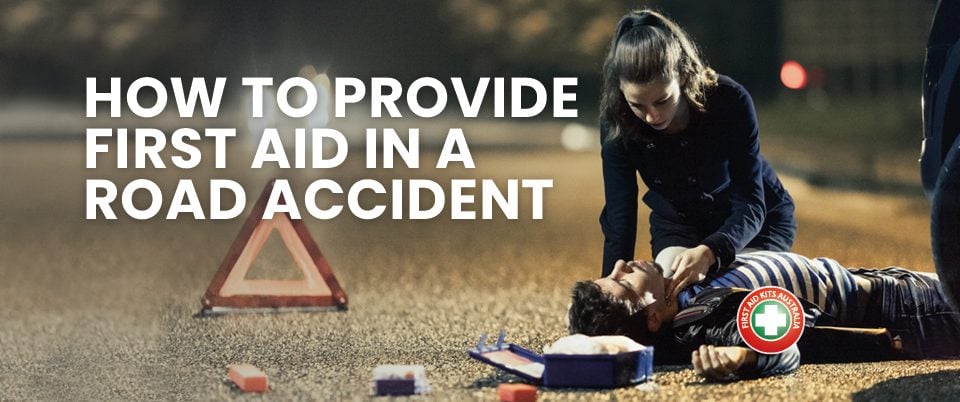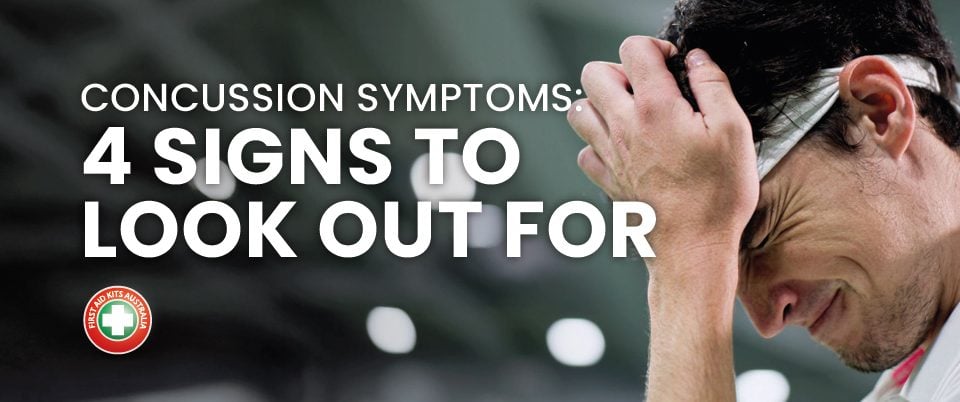
Workplace Safety Sale
1 July 2021
First Aid Tip: 4 Most Common Eye Injuries and How to Treat Them
9 August 2021Hypothermia can affect anyone in prolonged exposure to cold temperatures. Being true to our commitment to Make Australia a Safe place to live, work and play, here is some important info to help you be vigilant and safe.
What is Hypothermia?
Hypothermia refers to a drastic drop in body temperature due to prolonged exposure to cold, as the body loses heat faster than it can produce. This is dangerous because low body temperatures can affect the brain, causing the person to be increasingly disorientated or lead to problems in the heart, nervous system, and other organs. To illustrate, normal body temperature is around 37ºC, and hypothermia occurs when the body is below 35ºC, and becomes severe when the body drops below 32ºC. Left untreated, Hypothermia can have devastating effects, such as heart failure.
Causes
Hypothermia does not only occur at extreme low temperatures, but also if the person becomes chilled by rain, sweat, or from being submerged in cold water.
Causes of Hypothermia can be described under three broad headings:
Increased heat loss
Decreased heat production
Central Nervous System Dysfunction
Who is at risk?
Hypothermia can affect anyone, though those at higher risk include people over 75 years old, babies and young children, people who work outdoors, and anyone with underlying physical or mental impediments such as poor blood circulation, diabetes, infections, or low body fat.
Preparation, Detection, and Treatment.
We suggest a simple and easy approach to help you remember to keep yourself safe and healthy this winter: “AVOID. SPOT. TREAT”
AVOID
This month be cautious of the cold temperatures: do not go out if it is too cold, and cover up when you do.
To better prevent a situation of Hypothermic Shock:
Listen to weather forecasts
Plan ahead and limit time spent outdoors. This goes for workplaces and schools also: schedule “warm-up” breaks for outdoor workers and hold recess or lunch breaks inside.
Dress in layers
Stay Dry (this also includes avoiding overexertion and anything that will cause you to sweat a lot).
Get out of the cold as soon as you start to feel a chill
Be cautious that any caffeine, cigarettes, and other certain medications make you more susceptible to the cold.
When indoors, ensure heating is sufficient to combat the cold.
If you are traveling this winter, consider winter car safety also. Whether you expect to be traveling in bad weather or not; be sure to know where you are heading and how close emergency services are. It is always a good idea to keep your own First Aid Kit in the car with you in case of any winter travel trouble. If you need a new travel First Aid Kit to keep you safe, visit: Travel. Remote First Aid Kits are designed to provide for extra cover when more than 1 hour from a medical facility and will normally include a Thermal Blanket to help with exposure to cold.
SPOT
The most common visible symptoms and warning signs of Hypothermia in adults include:
shivering
exhaustion or feeling very tired
confusion
fumbling hands
memory loss
slurred speech
drowsiness
slow, shallow breathing
For infants, look out for cold and bright red skin.
TREAT
If you have identified the symptoms above, take action. There are five stages of Hypothermia, though the first three can be most effectively treatable:
Mild Hypothermia
Moderate Hypothermia
Severe Hypothermia
Hypothermia is a medical emergency so if the person’s temperature reads below 35ºC, get medical attention immediately by dialing 000. To help treat someone at each stage of Hypothermia, refer to the table below and start slowly restoring warmth by removing wet clothes, warming the center of the body (chest, neck, head) while avoiding direct heat contact, and warm beverages (only if conscious, and avoid caffeine).
HYPOTHERMIA STAGE | SYMPTOMS | TREATMENT |
|---|---|---|
Mild | The body is 35-32 degrees, and the person is normal or near consciousness and shivering. | Contact 000 Move them out of the cold and remove any wet clothing the person is wearing, and begin slowly warming the centre of their body (chest, neck, head). If body temperature increases, keep the person dry and wrap their body in a blanket. |
Moderate | 32 – 28 degrees. shivering stops, consciousness becomes impaired | Contact 000 Handle the person gently and continue warming them slowly, avoiding direct heat contact with the skin (this includes immersing in hot water and direct contact with heat packs and hot water bottles, as rapid warming can cause heart arrhythmia). |
Severe | 28 – 24 degrees. Unconscious, may be difficult to detect vital signs | Contact 000 Handle the person gently, and get emergency assistance immediately. Perform CPR while warming the person if prompted by emergency services. |
You may be required to begin CPR if necessary while warming the person, if you have not yet completed a CPR course, you can do so here and be prepared for a safe winter.
For more information or help selecting an appropriate First Aid Kit contact us on 1300 789 541 or visit www.firstaidkitsaustralia.com.au.





